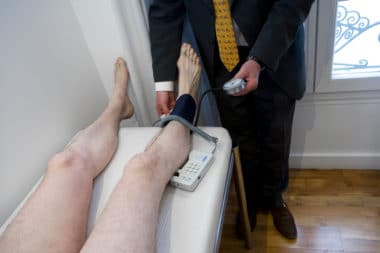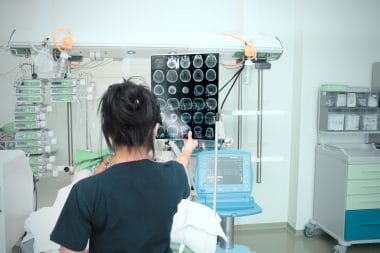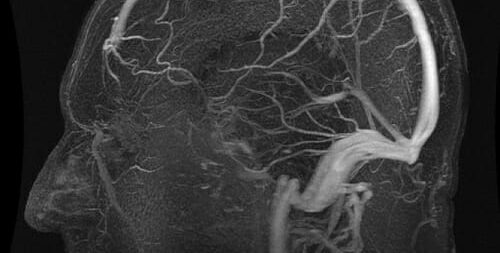Headaches are one of the most common health problems in the world. In fact, every human being would have experienced some kind of headache. Headaches may range from a mild, infrequent, dull ache, to an excruciating, persistent, debilitating condition, which may make it difficult for the person to carry out his or her normal life activities. Advancement in medicine and technology, in recent times has made it easy to diagnose the problem and provide a treatment for it.
What Causes Headaches?
Contrary to belief, it is not the brain that is affected due to headaches. The areas where the pain may originate may include; tissues surrounding the brain like, blood vessels and muscles of the face, neck and scalp, or the area of attachment at the base of the brain
Major Headache Types
Based on etiology, headaches are of two categories, primary and secondary. This classification helps doctors to distinguish between the different kinds of headaches and to arrive at the right treatment method.
Primary Headache
A primary headache is one, which is not caused by a disease or a medical condition. The major types are migraine, tension and cluster headaches. Migraine- Also called neurovascular headache is caused by abnormalities in the blood vessels of the brain, scalp and facial tissues. Medical evidence strongly points to the influence of genetic factors in the etiology of migraine headaches. It may also be precipitated, by extrinsic factors like; food, weather changes, atmospheric pressure, stress and excessive sleep.
Treatment of migraine usually focuses on treating the cause, rather than using simple painkillers. Patients are encouraged to discover the factors that trigger migraine attacks, recognize warning signals, and make appropriate changes in life style to help them ward off an attack.
Tension, constitutes nearly 90 percent of the primary type of headache. They usually occur as a dull and aching pain and could sometimes turn severe. They may be intermittent or chronic, depending on their severity and frequency. Both types are characterized by pain in the forehead, temples, back or neck and are caused by the contraction of the muscles of the neck and head. Although, stress is a major cause for this type of headache, it may be triggered by other factors like outside temperature, poor posture and sleeping habits, strain to the eye or depression and anxiety.
Treatment
It usually involves simple, over-the —counter drugs and making life style changes. For patients in whom, the headache is caused by insomnia, fatigue and extreme stress, physicians may advice anti-depressants, though the person may not be suffering from depression.
Cluster headaches
Considered the most painful of all the headaches; they are acute and occur without warning. The patient experiences excruciating, penetrating pain mostly around the eye and feels restless and agitated. Other symptoms include, swelling in eyelids, watery eyes, runny nose and facial sweating.
Treatment
Although, pain management is the main consideration in the treatment of cluster headaches, preventive strategies to reduce frequency and duration of the attack are also important. Besides medication, behavioral treatments like relaxation and de-stress therapies, biofeedback, or change of life style are also used to treat cluster headaches.
Secondary Headaches
Secondary headaches are caused by medical conditions like neck injuries, sinusitis, and strokes. The presence of a tumor, hematoma, cyst or aneurysm within the skull can cause, what is termed as Traction Headache. This results from the stretching and pulling action of nerve fibers, which exerts pressure to the head. Surgery might be an option in such cases.
How To Diagnose Your Headache
Of late, imaging techniques have made a major breakthrough in diagnosis of headache. The 3 types of imaging procedures include MRI (Magnetic Resonance Imaging) and CT (Computed Tomography) or PET (Positron Emission Tomography ) scan. Traditional methods like x-ray, EEG or lumbar puncture continue to be used in the diagnosis of headaches.






Reply